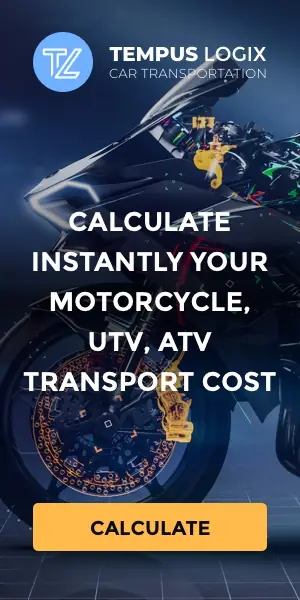Distracted driving has become a significant concern in modern society, posing serious risks to road safety. With the proliferation of smartphones and other electronic devices, drivers face more distractions than ever before. Understanding the facts and statistics surrounding distracted driving is crucial for raising awareness and implementing effective measures to mitigate this perilous behavior.
What is distracted driving?
Distracted driving refers to any activity that diverts attention from driving, thereby compromising the driver’s ability to safely operate a vehicle. These distractions can come from various sources, including electronic devices, such as cell phones, navigation systems, and radios, as well as activities like eating, drinking, grooming, or interacting with passengers.
Common types of distracted driving include
- Texting or using a cellphone while driving.
- Talking on the phone (even if hands-free).
- Eating or drinking.
- Adjusting the radio, GPS, or other controls.
- Talking to passengers.
- Grooming or applying makeup.
- Watching videos or using other electronic devices.
The main types of distracted driving
Visual Distractions: These distractions involve taking your eyes off the road. They can include things like looking at a cellphone, adjusting the GPS, or checking on passengers.
Manual Distractions: Manual distractions occur when you take your hands off the wheel. Examples include texting, eating, grooming, or reaching for objects within the vehicle.
Cognitive Distractions: Cognitive distractions involve taking your mind off driving. This can happen when you’re daydreaming, engaging in deep conversation, or focusing on emotional stressors rather than the task of driving.
Auditory Distractions: While less commonly discussed, auditory distractions can also impact driving. This might involve loud conversations with passengers, listening to excessively loud music, or being engrossed in a podcast or audiobook to the point where it distracts from the road.
External Distractions: These are distractions originating from outside the vehicle. Examples include looking at billboards, watching roadside events, or being distracted by accidents or emergency vehicles.
Internal Distractions: These distractions occur within the vehicle and can include adjusting controls, dealing with technology, or even emotional distress.
Each type of distraction can significantly impair a driver’s ability to react to hazards on the road, increasing the risk of accidents and injuries. Therefore, it’s essential for drivers to minimize distractions and remain focused while driving.
The most distracted drivers
Distracted driving can affect individuals across all demographics, but certain groups may be more prone to distractions while driving than others. Some of these groups include:
Young Drivers: Teenagers and young adults are often cited as being more prone to distractions while driving, as they may be more likely to engage in activities such as texting, using social media, or adjusting music while behind the wheel.
People using phones: Studies consistently show that phone use, including texting and talking on handheld devices, is a major risk factor for distracted driving.
Statistics on Distracted Driving
Fatalities: According to data from the National Highway Traffic Safety Administration (NHTSA), distracted driving led to approximately 3,522 fatalities in the United States in 2021.
Economic Impact: The annual economic cost of distracted driving-related incidents in the U.S. is estimated to be around $139 billion, encompassing expenses such as medical care, lost wages, and property damage.
Minimize cell phone usage: Each day, an estimated 660,000 drivers in the United States use their cell phones while driving during daylight hours, according to NHTSA reports.
Teenage Drivers: Among various age groups, teenagers aged 15–19 are disproportionately more likely to be involved in fatal crashes caused by distractions while driving.
Preventive actions for distracted driving
Minimize phone usage: Prioritize safety by storing your phone out of reach and in silent mode while driving.
Stay attentive: Concentrate solely on driving, refraining from activities that divert your attention from the road.
Encourage responsible behavior: If you notice distracted driving habits in others, kindly remind them of the risks and encourage them to focus on the road.
Advocate for change: Support legislative measures aimed at strengthening regulations and penalties concerning distracted driving.
Tempus Logix specializes in secure vehicle transportation
Some insights about the company:
Services: The company ships all vehicle types, including trucks, SUVs, motorcycles, boats, and specialty vehicles.
Reputation: Tempus Logix is an example of an auto transport service worth its cost. With over 90,000 shipped vehicles over eight years of doing business, the company has collected thousands of online reviews from satisfied clients with a 4.9/5 rating on Google and Facebook, and an A+ rating on BBB, making it one of BBB’s best auto shipping companies.
Technology: The company offers an AI-powered instant car shipping quote calculator.
Licensing and bonding: They are licensed and bonded with FMCSA (MC-086120) and USDOT, ensuring they comply with federal regulations.










